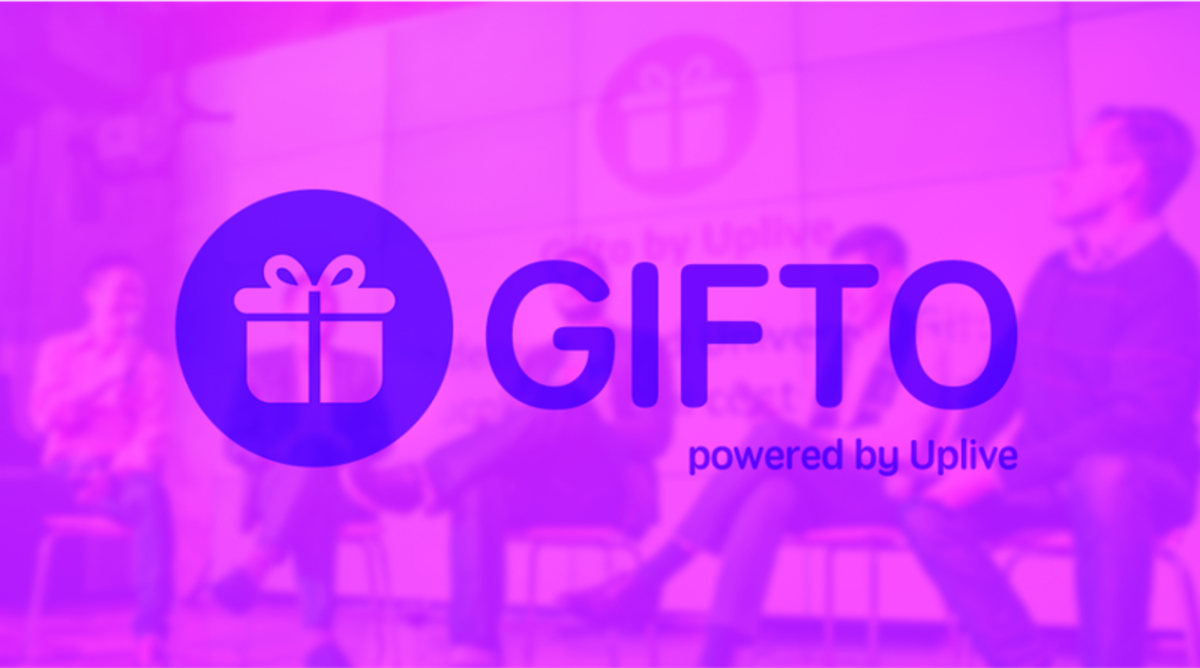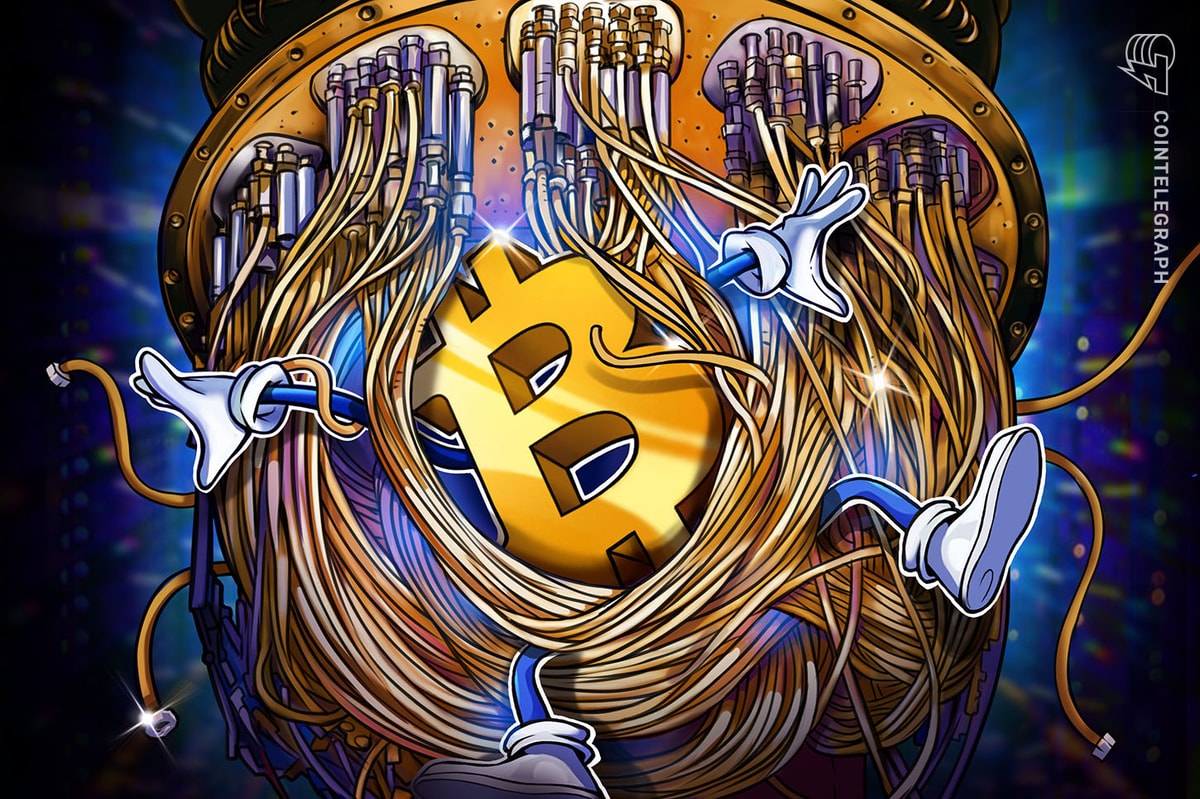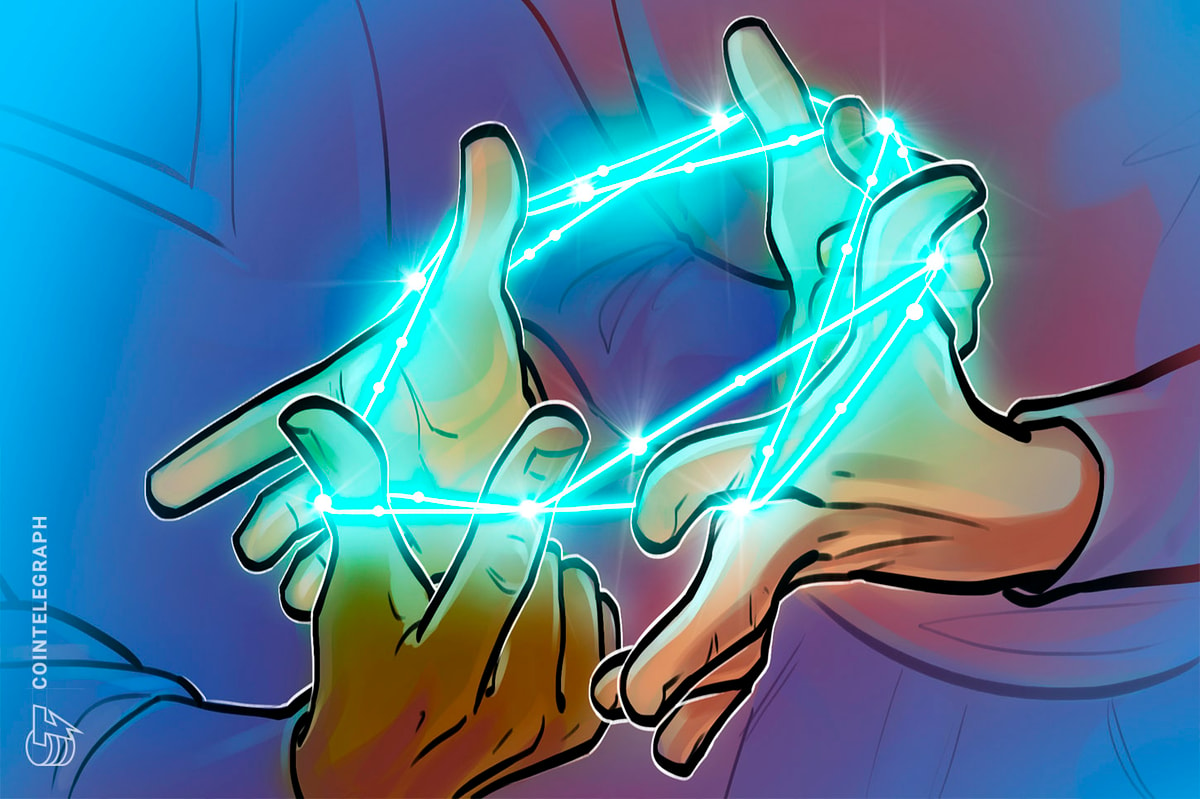Why compare ICO’s?
Comparing ICO’s can be beneficial to both cryptocurrency investors as well as the ICO teams themselves.
Different parties will have different reasons for wanting to know how an ICO compares to the rest of the market.
For investors, it would be to establish if a particular product has the potential of delivering the expected ROI in the long-run and which option would be the best to commit to when looking at similar projects.
For ICO teams themselves, it can be beneficial to look at other token sales that rate particularly well to determine which area of their project they need to work on or improve in order to achieve a similar level of success.
Then there’s the general enthusiast who’s interested to see what the rest of the market thinks about a particular ICO and to what extent the solution provided has the potential to be truly revolutionary.
The problem is there are multiple ICO’s launched daily which equates to thousands every year. Some of the projects will be similar and there are bound to be a few not-so-great products in between.
With so many token sales flooding the market, it can be overwhelming and difficult to separate the good ones from the bad ones without having to do an in-depth and time-consuming analysis on individual ICO’s and their target market.
How can I do it?
The most effective way is to create a rating system based on a number of crucial ICO success indicators.
This will include the team behind the project, information on the ICO itself, how the product is presented and how well it is marketed.
The team: It is important for profiles on team members to be easily accessible and a sufficient amount of information should be disclosed on each individual. Displaying photos and links to external professional sites such as LinkedIn will help to instill trust and credibility.
Furthermore, the number of team members involved can also be a decisive rating factor. If there are only two individuals working on the project, you know it’s unlikely to be successful. However, multiple people are working on different aspects of the ICO, the chances of success are much bigger.
ICO information: Information on the actual ICO should be clearly visible and available. Start and end dates on pre-sales and the official ICO, how individuals can buy into the crowdsale and what currencies are accepted, a countdown towards the start/end of the sale and the price of each token can all help to take out the guesswork for investors which will give them more confidence to commit.
How the product is presented: This will depend largely on the information available in the whitepaper. It should include what the product is (i.e. platform, service, etc.), different milestones the company hopes to achieve and when they plan to achieve them, more detailed information on team members and the actual uses of the digital token. Having a professional video presentation with an overview of the product shows further quality and commitment from the ICO team.
I’ve also heard about the MVP, what’s that?
MVP, or Minimum Viable Product, is a product with a minimum set of features enough to satisfy customers’ needs.
Generally, it is a prototype, alpha or beta version of the future product. It is used to get feedback and make changes in the project. It’s not yet a common thing in the crypto industry, but if it’s available, it definitely increases investors’ trust in the product.
An open code allows to see if the company has any groundwork. You can check the implementation of the concept described in whitepaper and the progress of work on the product: optimization, fixing bugs, functional extension, etc.
A non-programmer might not fully grasp the code but they can rely on the opinion of people in good standing.
Should I pay attention to the social media?
You definitely should!
With so many ICO’s being launched on to the market, it is essential for individual projects to attract a sufficient amount of attention to their product. The best way to judge this is by the marketing efforts of the company.
Are they active on the different social media sites like Facebook, Twitter, Medium? Do they have a presence in relevant cryptocurrency forums like BitcoinTalk and GitHub? And what sort of information are they putting out there? These are all important questions to answer when comparing ICO’s.
Should I listen to experts’ opinion?
One of the most important factors to look at when rating ICO’s is the opinions of the experts in the cryptocurrency world.
They would broadly look at the same criteria but from a different angle.
Team: Teams with relevant cryptocurrency experience are generally rated much stronger than complete industry novices.
This includes development, coding, project management, community management and marketing.
The presence of an advisory board will further improve the integrity of a particular project.
Product information: ICO’s generally have two different aims. One is the funding of a completely new concept; the other is to fund the expansion of an existing project or to move it onto a Blockchain-based network. The latter is more likely to see success as it’s based on an already proven product or service. Therefore, experts will favor these projects.
A product or service that addresses an actual problem in the market would also enjoy a higher rating.
Business know-how: Projects with clearly defined long-term goals, a stated plan on how to achieve it, and the amount of investment needed to get there will be more likely to see success. Experts will also pay attention to whether or not there’s an already existing user base and if a competitive analysis has been done to better understand the playing field.
Market robustness: The ICO industry is mostly unregulated. This can change at any minute and different legislature can be implemented in different regions. A project with the flexibility to adapt and overcome changing market conditions should receive a higher comparative rating.
Is it possible to automate the project’s evaluation?
It is and it’ll definitely speed up the process.
Cooperation of the human and the artificial intelligence can facilitate the assessment.
The artificial intelligence has taken significant steps forward, and its capacities have increased considerably. Nevertheless, it still should have some basis to work properly. People’s opinions about different project may be used as a base. The program will analyze the behavior of the participant according to set parameters and be able to make its own decision about the projects. Further, the network and people work together. Next users’ assessments will maintain the database of the program and improve its works. The network will grade the projects and help undecided people.
This process flow has actually been realized already by the project called DropDeck. The projects will be ranked by the artificial intelligence for the investors. To find out more, go here.
Disclaimer. Cointelegraph does not endorse any content or product on this page. While we aim at providing you all important information that we could obtain, readers should do their own research before taking any actions related to the company and carry full responsibility for their decisions, nor this article can be considered as an investment advice.











